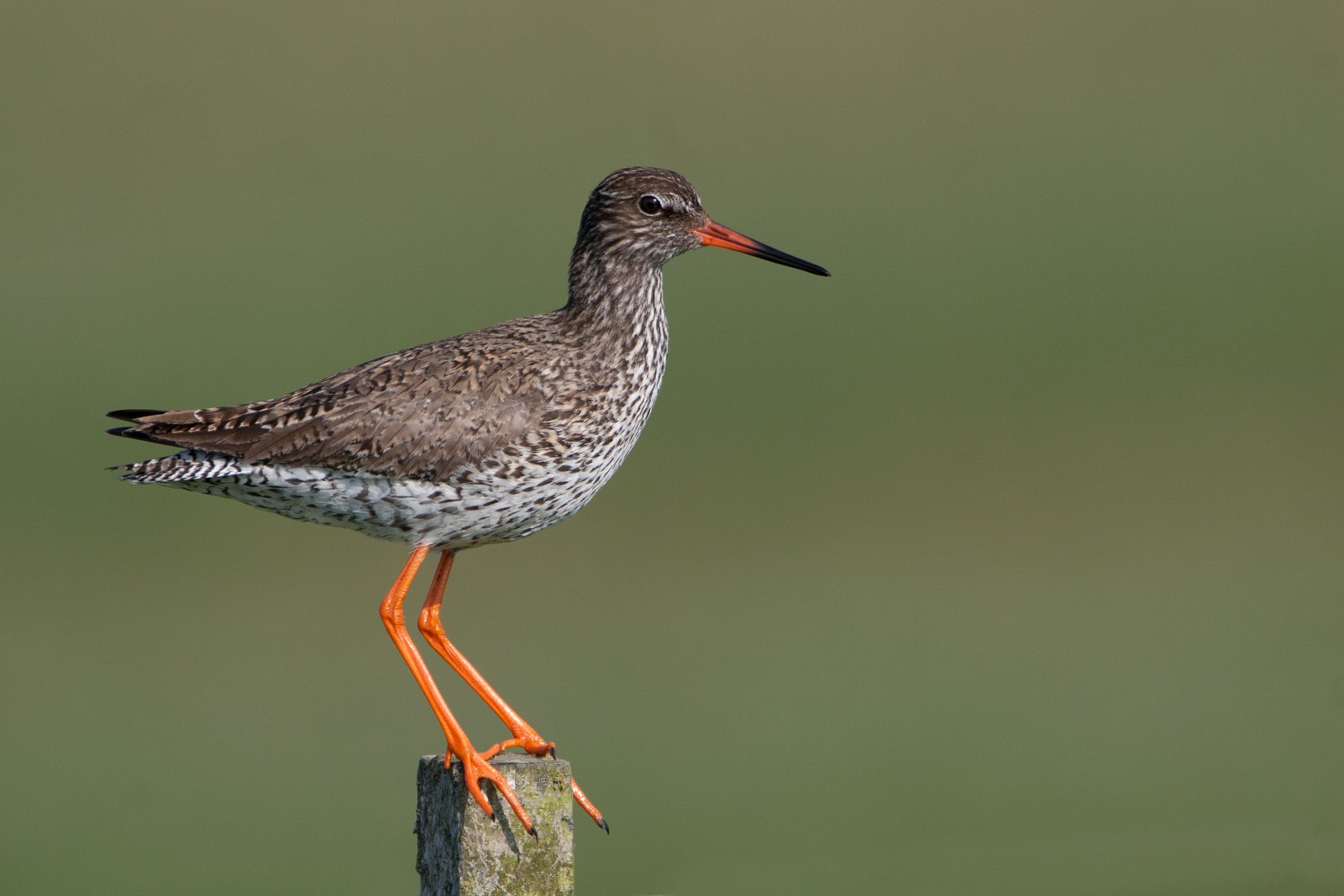Descrizione
Cattawade Marshes lie at the head of the Stour Estuary, between freshwater and tidal channels of the River Stour. These grazing marshes with associated open water and fen habitats are of major importance for the diversity of their breeding bird community. Cattawade Marshes is an 88.3 hectare biological Site of Special Scientific Interest. There is no public access allowed. But the footpath on the south side of the river allows excellent views of the reserve and all its wildlife. In spring and summer you can see Pavoncella, Pettegola and Beccaccia di mare. Corriere piccolo and Volpoca nest on the relict seawalls. Marshy pools and a system of dykes within the grassland, together with dense riverside vegetation, provide further nesting habitats, most notably for Mestolone, Alzavola, Moretta and Porciglione. During winter the area holds about 1500 Alzavola and Fischione and a couple of hundred Pavoncella and Oca colombaccio. On average, Cattawade Marshes holds around 10 per cent of the wintering birds on the entire Stour Estuary.
Dettagli
Accesso
Park at Manningtree railway station, on the A137 between Ipswich and Colchester. Or park at the picnic site on B1070 c.100m from A137 Brantham Roundabout and walk along A137 towards Manningtree. Follow the signposted public right of way along the south shore of the tidal river Stour. A really enjoyable circular walk of 5 km is available from Manningtree railway station (see the map). Allow 2-3 hours to fully enjoy the experience.




